Room 102, Building 13, Area A, Wanyang Zhongchuang Park, Ganyao Town, Jiashan County, Zhejiang China.

Photovoltaic bolts—also known as solar-integrated fasteners or energy-harvesting bolts—are an emerging innovation in the field of Building-Integrated Photovoltaics (BIPV). These smart components combine the mechanical function of traditional bolts or fasteners with the ability to generate solar power. By embedding small photovoltaic cells into bolts or rivets used in construction, buildings and structures can turn their exteriors into subtle, distributed energy-generating surfaces. But where exactly are photovoltaic bolts most suitable for use? Their applications are both practical and forward-thinking, particularly in sectors focused on sustainability, smart infrastructure, and energy efficiency.
1. Metal Roofing and Cladding Systems
One of the most promising applications of photovoltaic bolts is in metal roofing and façade systems. Traditional metal roofs are often secured with hundreds of fasteners. Replacing standard bolts with photovoltaic ones allows the roof itself to generate electricity without the need for bulky solar panels. This is especially useful in industrial buildings, warehouses, and agricultural sheds where large roof areas are available but aesthetic integration is important. The bolts can power low-energy systems such as LED lighting, ventilation sensors, or monitoring devices.
2. Sustainable and Net-Zero Buildings
As the world moves toward net-zero carbon emissions, architects and developers are looking for innovative ways to incorporate renewable energy into building design. Photovoltaic bolts offer a seamless solution. They can be integrated into curtain walls, solar canopies, or modular building panels, turning structural elements into passive power generators. While each bolt produces only a small amount of energy, when deployed at scale—thousands of bolts across a building—the cumulative output can contribute meaningfully to on-site energy needs.
3. Smart Infrastructure and IoT Devices
Photovoltaic bolts are ideal for powering low-energy Internet of Things (IoT) sensors used in structural health monitoring. For example, bridges, towers, and high-rise buildings can use these bolts to power sensors that monitor temperature, stress, vibration, or corrosion. Since the bolts generate their own electricity from sunlight, they eliminate the need for external power sources or frequent battery replacements, making maintenance easier and more sustainable.
4. Transportation and Mobility Structures
Photovoltaic bolts can be used in transportation infrastructure such as bus shelters, train station canopies, noise barriers, and parking structures. These locations often have metal frameworks that require fasteners. By using energy-generating bolts, these structures can power lighting, digital displays, security cameras, or charging stations for small devices—enhancing functionality while promoting clean energy.
5. Remote and Off-Grid Installations
In remote areas where grid access is limited or unreliable, photovoltaic bolts offer a decentralized way to generate power. Telecom towers, weather stations, or off-grid cabins can benefit from this technology. The bolts not only secure structural components but also contribute to the site’s energy supply, reducing reliance on diesel generators or large solar arrays.
6. Aesthetic and Urban Design Applications
In urban environments where space is limited and visual impact matters, photovoltaic bolts provide a discreet way to harvest solar energy. Unlike traditional solar panels, which can be bulky or visually intrusive, these bolts blend into the structure. They are suitable for use in public art installations, solar benches, or modern architectural landmarks where clean lines and minimalism are prioritized.
7. Retrofitting Existing Structures
Another advantage is their potential for retrofitting. Instead of replacing entire roofing or façade systems, building owners can upgrade to photovoltaic bolts during maintenance or repair. This makes the technology cost-effective and scalable over time, especially for older buildings aiming to improve energy performance without major reconstruction.
Photovoltaic bolts are not meant to replace large-scale solar panels, but they represent a smart, incremental step toward energy-positive buildings and intelligent infrastructure. They are best suited for applications where structural fasteners are already needed, and where small-scale, distributed power generation adds value—particularly in metal buildings, smart infrastructure, transportation hubs, and sustainable architecture. As photovoltaic efficiency improves and manufacturing costs decrease, photovoltaic bolts could become a standard feature in the green buildings of the future, proving that even the smallest components can play a big role in the clean energy transition.
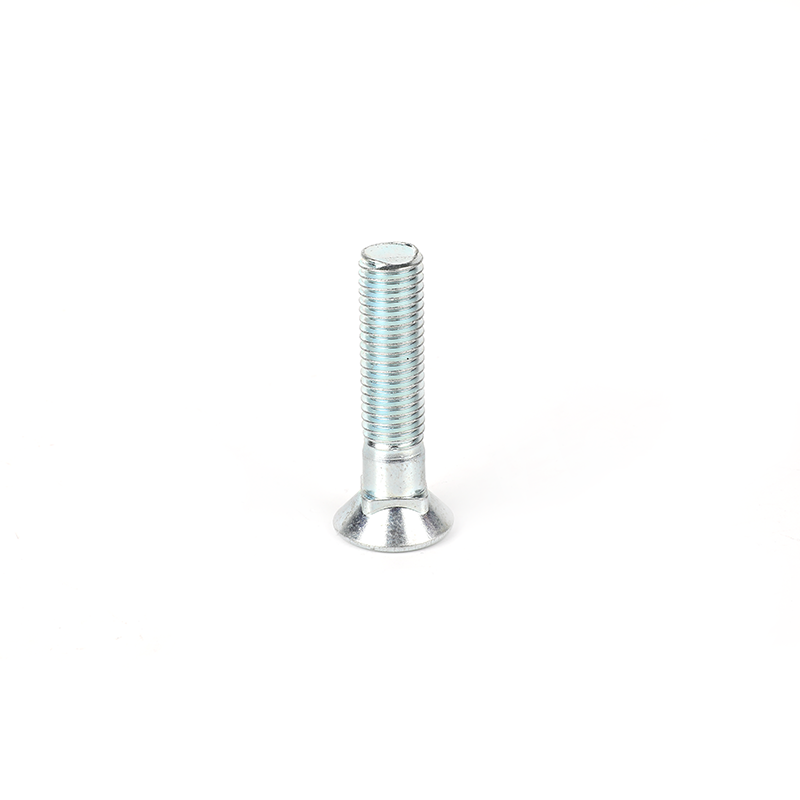
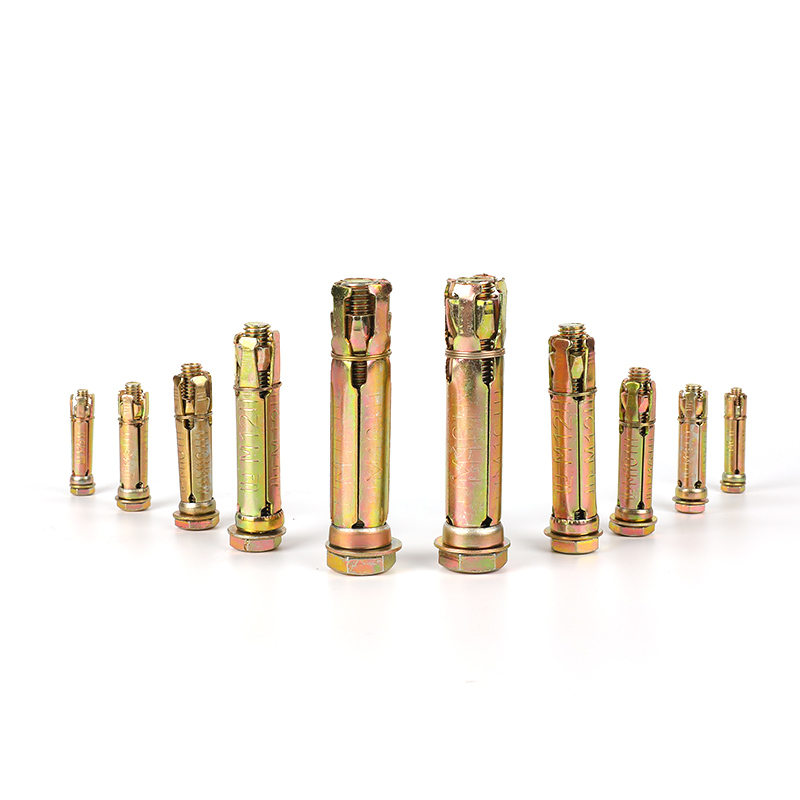
Fix anchorbolts include bolts, washers, nuts and 4PCS cylindrical shields. By tightening the bolts, the shields tubes expand and the components can be...
See Details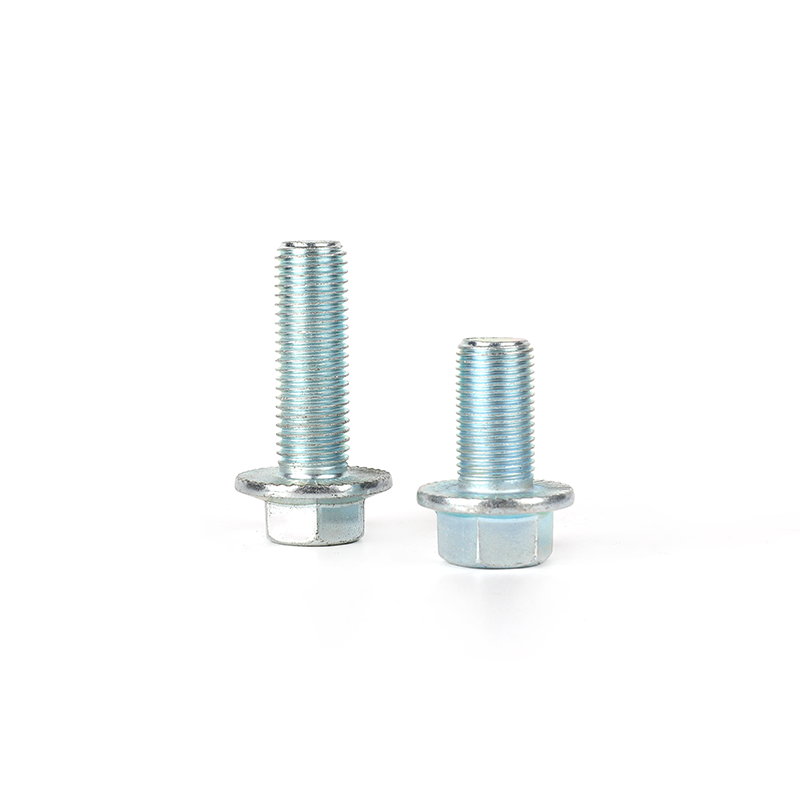
Flange bolts are specially used to tightly connect pipes and components with flanges. We produce flange bolts are solid t and durablethat, compling wi...
See Details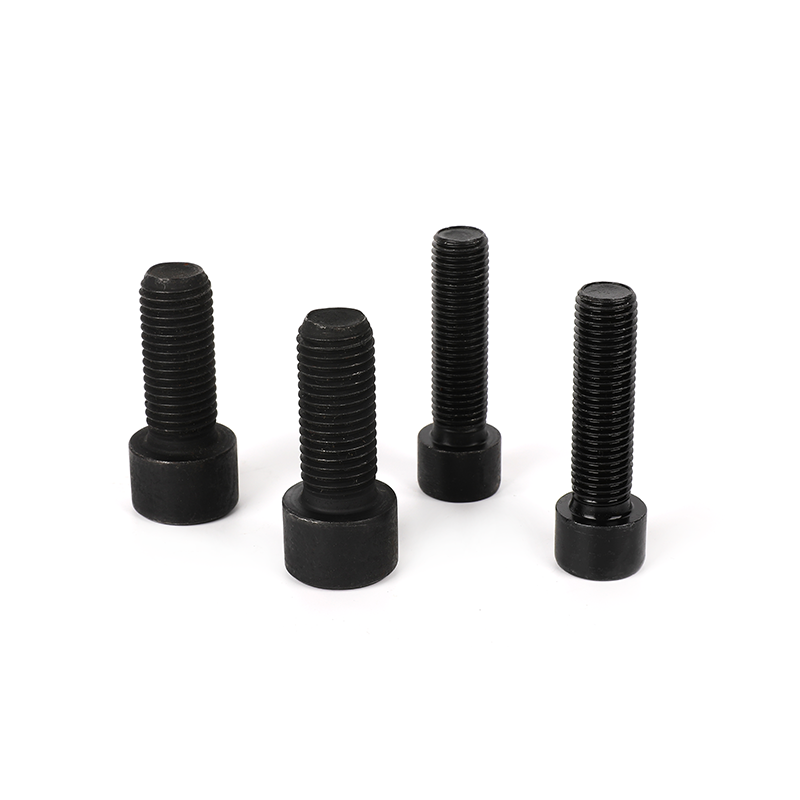
The Grade 8.8 black oxide full-thread hexagon socket bolts have an internal hex design and needs to be used with a wrench with a hex head. Its full th...
See Details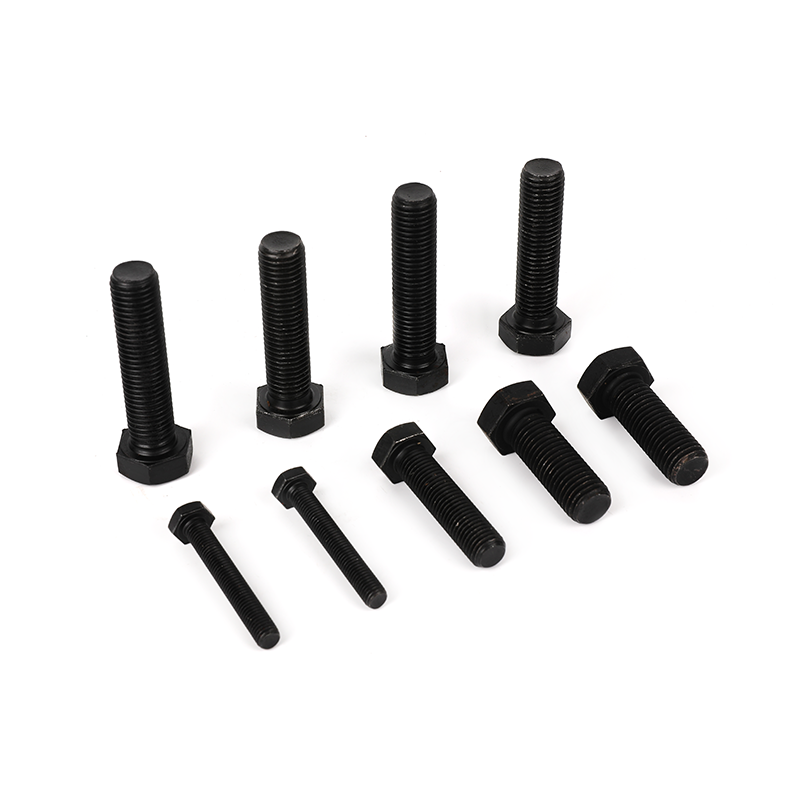
Grade 8.8 black oxide full-thread hexagon bolts is a very common fastener and requires a wrench or hex wrench to tighten it. Our hex head bolt meet th...
See Details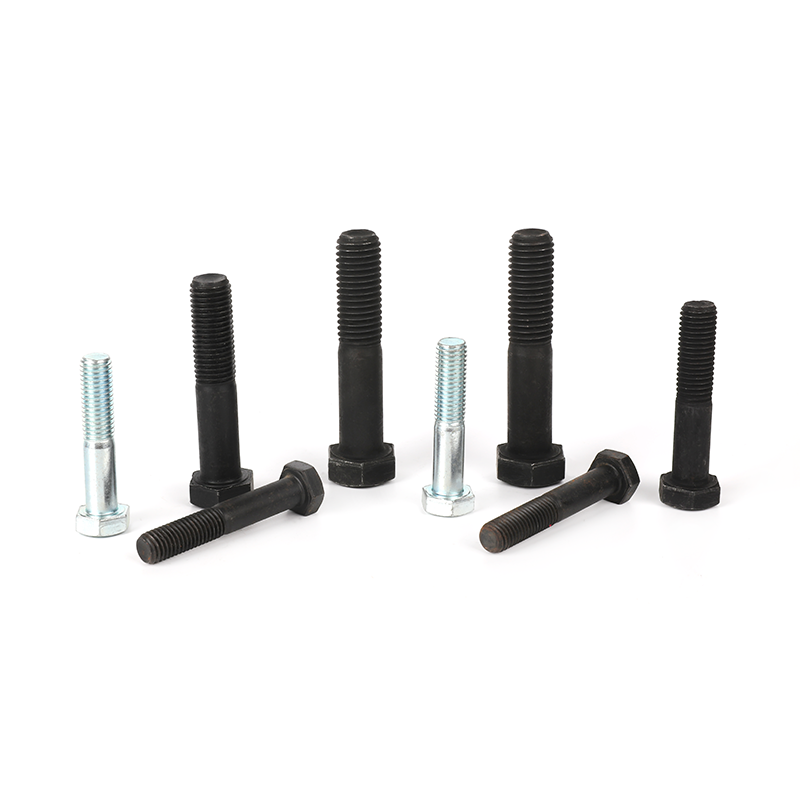
This product is made of high-quality carbon steel and undergoes a rigorous heat treatment process. It has high strength, good elasticity and toughness...
See Details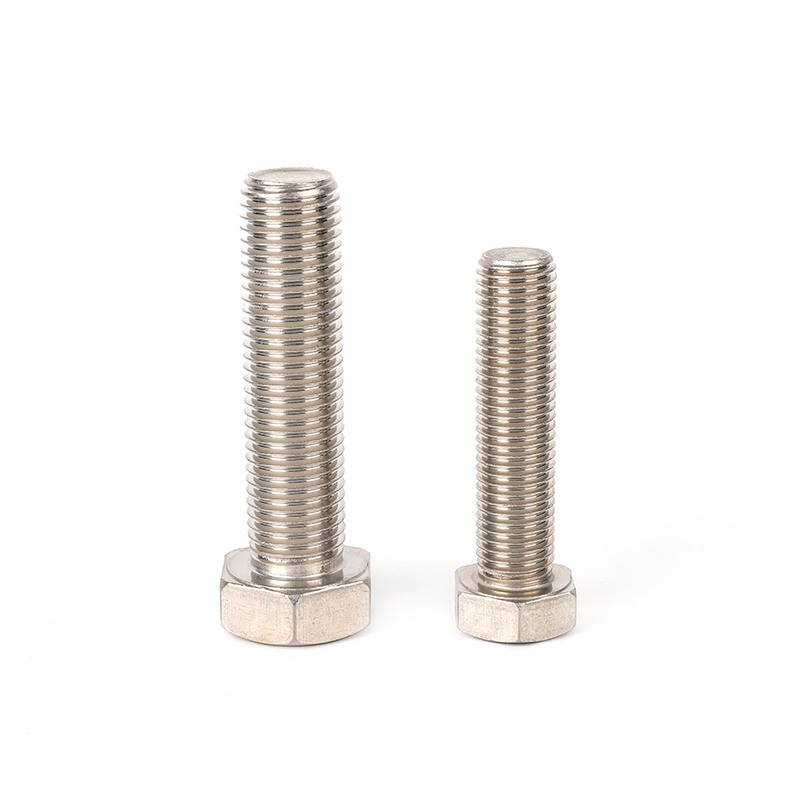
This 304 stainless steel plain full-thread hexagon bolt is a kind of fasteners made of high-quality stainless steel material and has corrosion resista...
See Details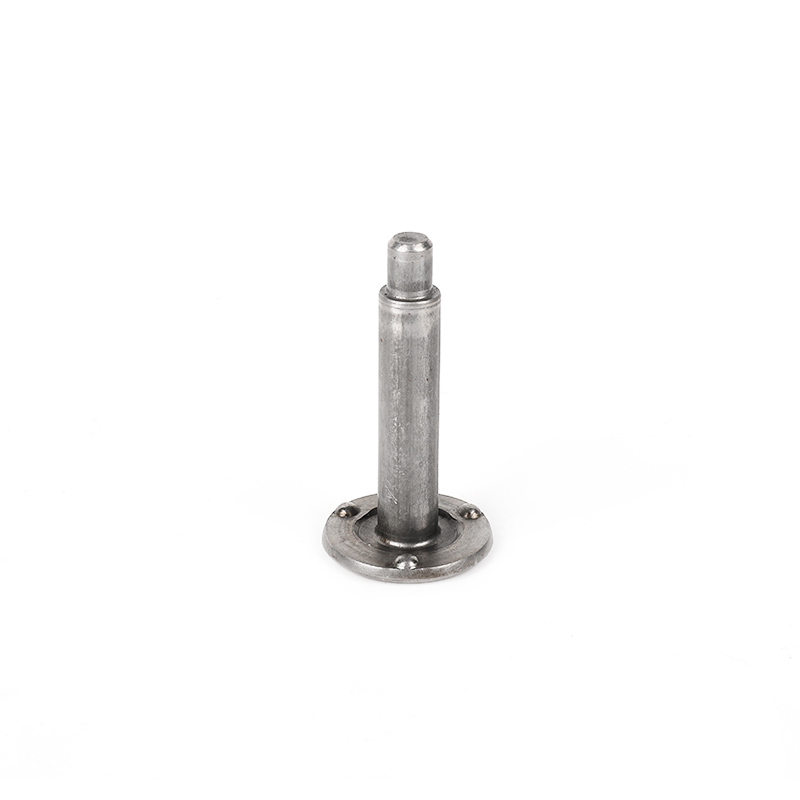
This plain round flat head weld shoulder bolt is a fastener suitable for a variety of welding applications. Its flat head and round head design makes ...
See Details
This Grade 12.9 zinc plated countersunk head square neck plow bolt has the advantages of high precision, high operability, high strength, and high ten...
See Details